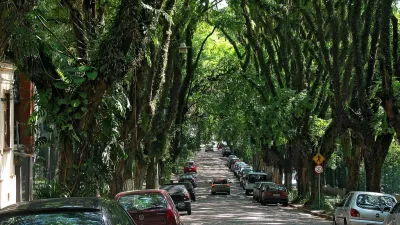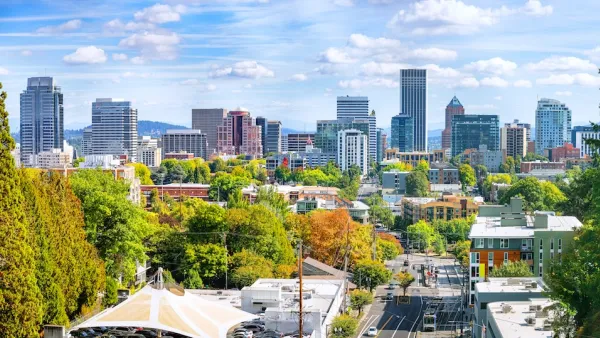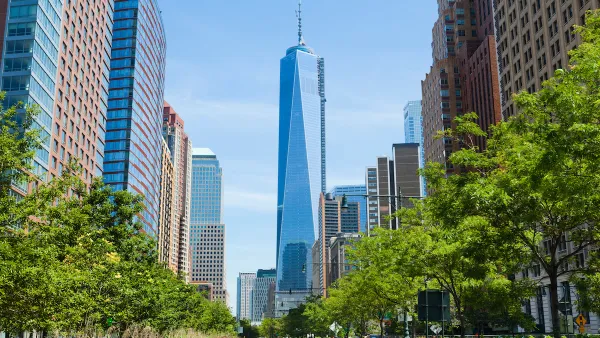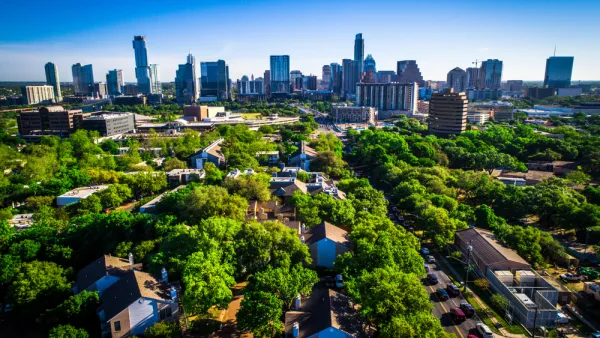Most of the reasons street trees are sometimes unpopular with residents are either untrue or can be mitigated.

There's a surprising amount of resistance to the ideas of street trees planted in sidewalks, according to an article by Catalina Jaramillo:
Trees aren’t generally controversial. They usually look nice, they provide shade and improve the air and water quality. Scientists say they even make people happier.
But when it comes to planting a tree on the street, many Philadelphians say — nuh uh, not in my sidewalk.
The reasoning for this anti-tree vitriol is fairly easily debunked, according to Jaramillo.
The article walks through a series of myths about street trees, providing evidence to the contrary:
- MYTH 1: ‘There’s few trees in lower-income neighborhoods because residents don’t want them’
- MYTH 2: ‘Trees get into pipes’
- MYTH 3: ‘Tree planting and maintenance is prohibitively expensive’
- MYTH 4: ‘Trees destroy sidewalks’
As noted by Jaramillo, sometimes there are risks and liabilities associated with street trees, and sometimes the trees chosen for planting on streets are the wrong trees for the job. But still, trees can and should be far more beneficial than harmful, and it's far more worth the effort of having trees than not to have any trees at all.
FULL STORY: Not in my sidewalk: Debunking Philly tree myths

National Parks Layoffs Will Cause Communities to Lose Billions
Thousands of essential park workers were laid off this week, just before the busy spring break season.

Retro-silient?: America’s First “Eco-burb,” The Woodlands Turns 50
A master-planned community north of Houston offers lessons on green infrastructure and resilient design, but falls short of its founder’s lofty affordability and walkability goals.

Delivering for America Plan Will Downgrade Mail Service in at Least 49.5 Percent of Zip Codes
Republican and Democrat lawmakers criticize the plan for its disproportionate negative impact on rural communities.

Test News Post 1
This is a summary

Test News Headline 46
Test for the image on the front page.

Balancing Bombs and Butterflies: How the National Guard Protects a Rare Species
The National Guard at Fort Indiantown Gap uses GIS technology and land management strategies to balance military training with conservation efforts, ensuring the survival of the rare eastern regal fritillary butterfly.
Urban Design for Planners 1: Software Tools
This six-course series explores essential urban design concepts using open source software and equips planners with the tools they need to participate fully in the urban design process.
Planning for Universal Design
Learn the tools for implementing Universal Design in planning regulations.
EMC Planning Group, Inc.
Planetizen
Planetizen
Mpact (formerly Rail~Volution)
Great Falls Development Authority, Inc.
HUDs Office of Policy Development and Research
NYU Wagner Graduate School of Public Service





























